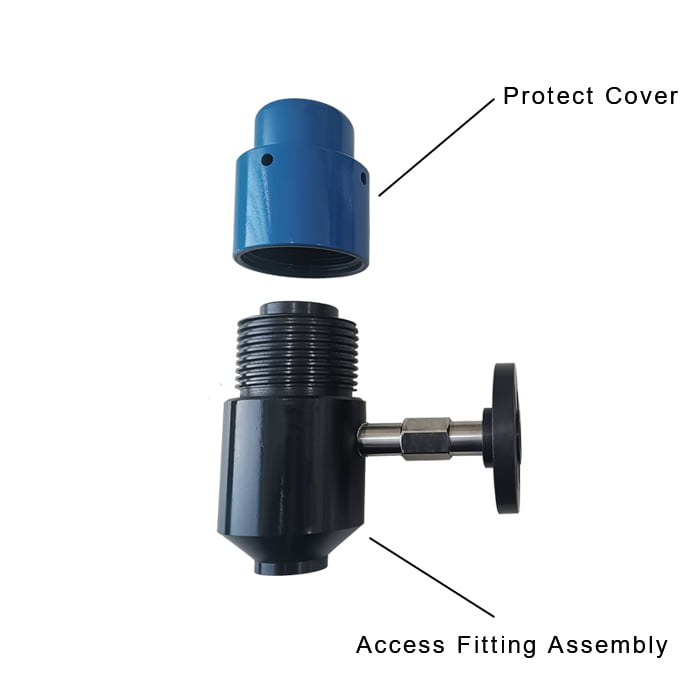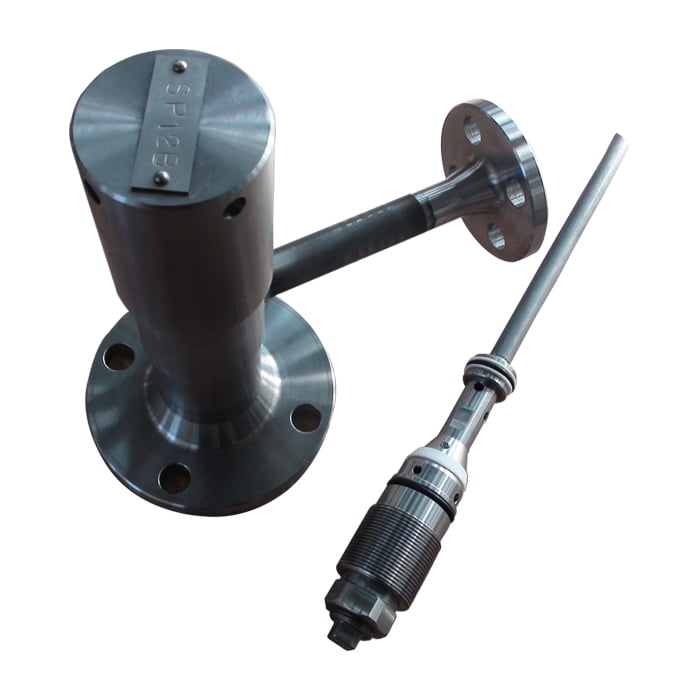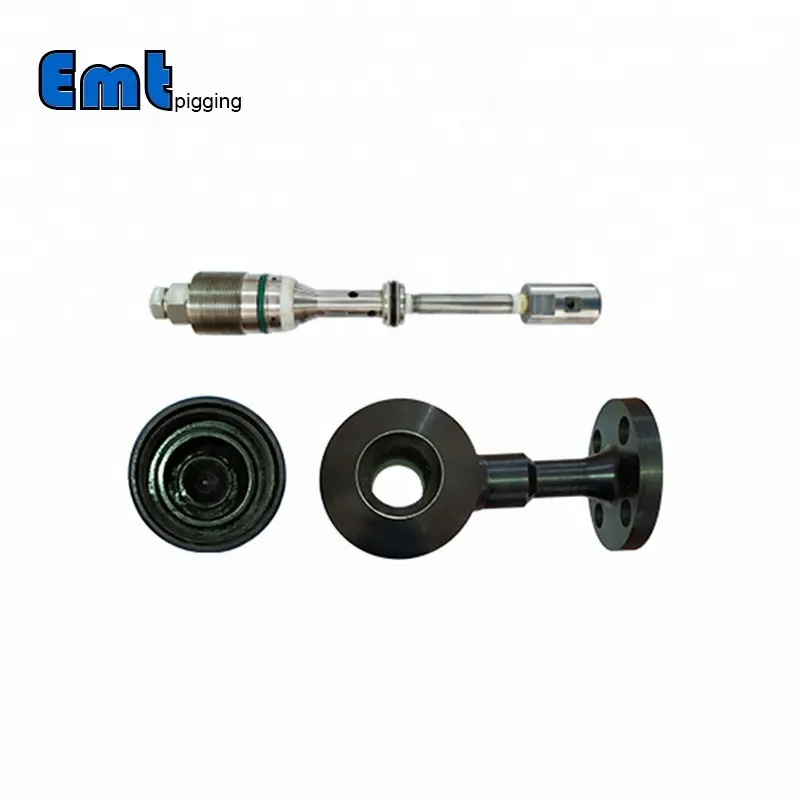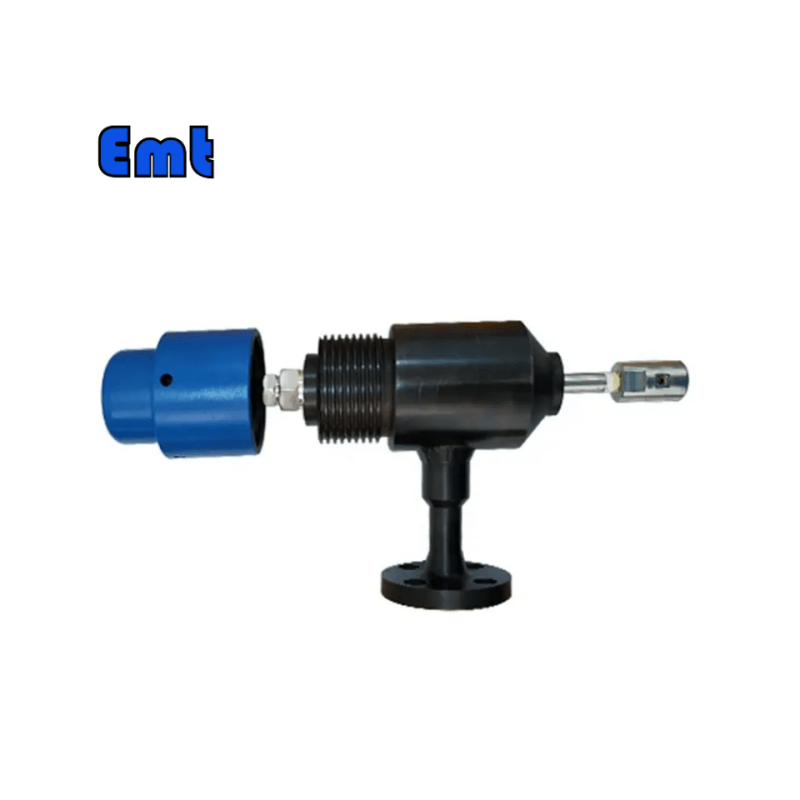Description

Material: main carbon steel – blackening treatment – anti-oxidation
Action: Used to inject corrosion inhibitors into pipelines.
The main flange bearing pressure ≥ measuring flange
The check valve is also called the check valve, only injection can not be extracted.
DBB Valve Chemical Injector, one exhaust valve, two ball valves, more secure.
The chemical syringe disassembly device includes: servo valve + retriever + adapter
Our servo valve has both sealing and rotating function
Advantage
1. Optimize chemical delivery and operational efficiency.
2. Protect and extend asset life.
3. Avoid costly shutdowns.
4. Safely inject a wide variety of
5. Control corrosion with accurate dosing
Chemical injection plays a pivotal role in the oil and gas industry, transforming operations and enhancing efficiency. This article explores the significance of chemical injection in this industry, its purpose, design considerations, and its various applications across different sectors.
Chemical injection quills are indispensable tools in the oil and gas industry, enabling precise and controlled delivery of chemicals into complex systems. By introducing chemicals at specific locations and quantities, these quills optimize processes and address various operational challenges. The ability to deliver additives, facilitate bio-treatment, inject specialized chemicals, and aid in removal and separation processes makes chemical injection quills a valuable asset.
The mounting types are 2″ flange, 2″ farewell access fitting, and 1″NPT welded base.
Operation Temperature: -20℃~150℃
Pressure Rating: 2500 Psi or as Flange Size. (Retractable chemical injectors are 2000 Psi ).

Model and Parameter Table
Sampling & Injection Assembly
-Code Plug
Type Material Sealing Material
0 No Request 0 CS 0 No Request
Px 1 Hollow Plug 1 316SS 1 Viton O-Ring / PTFE Primary
Body Packing
2 Solid Plug Body 2 316SS 2 HNBR
3 DSS
4 INCONEL
-Code Injection Nut
Connection Size Material
0 No Request 0 CS
Nxx 1 1/4″ 1 316SS
2 1/2″ 2 316LSS
3 DSS
4 INCONEL
-Code Injection Tube
Line size(x”) The most effective position for injection
is generally at the center of the pipe
Connection Size- Material Nozzle
Sxxx-Lx” 0 No Request 0 CS 0 No Request
1 1/4″ 1 316SS 1 open
2 1/2″ 2 316LSS 2 Quill
3 DSS 3 Cap & Core
4 INCONEL
-Code Nipple and Valve (or end Flange) of Tee
Connection Size Material
0 No Request 0 CS
1 1/4″ NIPPLE a 1/4″ NIPPLE and Value 1 316ss
2 1/2″ NIPPLE b 1/2″ NIPPLE and Value 2 316LSS
3 3/4″ NIPPLE c 3/4″ NIPPLE and Value 3 DSS
4 1″ NIPPLE d 1″ NIPPLE and Value 4 INCONEL
5 1/4″ Flange e 1/4″ NIPPLE and Flange
6 1/2″ Flange f 1/2″ NIPPLE and Flange
7 3/4″ Flange g 3/4″ NIPPLE and Flange
8 1″ Flange h 1″ NIPPLE and Flange
For Example: SI-P221-N12-S122-L4″-T22
SI: Sampling & Injection Assembly
P221: Solid Plug Body in 316LSS Viton O-Ring and PTFE Primary Packing
N12: Injection Nut Connection Size is 1/4″and Material is 316LSS
S122: Injection Tube Connection Size is 1/4″ and Material is 316LSS. The type of nozzle is a quill
L4″: For 4″ pipe.
T22: Nipple of Tee Connection Size is 1/2″
The nipple material is 316LSS

Dimension, Nozzles, and Mounting Options: Tailoring Solutions Chemical injection quills offer flexibility in terms of dimension, nozzle options, and mounting choices. Customizing the quill length enables precise positioning, optimizing chemical dispersion and effectiveness. Nozzle options, including atomizing nozzles, enhance the distribution of chemicals, ensuring thorough coverage. Mounting options, such as flanged, welded, or threaded connections, offer versatility to suit diverse system requirements. Quill diameter and welding penetration considerations ensure robust installations, particularly in high-pressure applications.
Retractable and non-retractable quills cater to different operational requirements. Retractable quills are designed for systems that require periodic maintenance or are prone to clogging. Their ability to retract without full depressurization simplifies maintenance and reduces downtime. Non-retractable quills, on the other hand, are ideal for systems with infrequent clogging, as they require depressurization for quill removal. Selecting the appropriate type of quill ensures efficient and safe operations. Applications of Chemical Injection Quills: Industry Advancements The versatility of chemical injection quills extends to various applications within the oil and gas industry. Additive injection improves fluid characteristics, mitigates corrosion, and enhances production efficiency. Bio-treatment facilitates the degradation of organic matter, reducing environmental impact. Chemical injection addresses specific operational challenges, such as scaling and fouling, and optimizing system performance. Moreover, chemical injection quills aid in removal and separation processes, improving the overall efficiency of oil and gas operations. Conclusion: Maximizing Efficiency through Chemical Injection Chemical injection quills have revolutionized the oil and gas industry, enabling precise and controlled delivery of chemicals to address operational challenges. By adhering to proper design, material selection, and mounting options, industries can optimize their processes and enhance overall efficiency. With their diverse applications and benefits, chemical injection quills continue to play a crucial role in the oil and gas sector, driving advancements and ensuring sustainable operations.
Chemical injection


Reviews
There are no reviews yet.